Pets often have to be transported to a veterinary clinic or to the country, in addition, many owners take their pets with them on vacation. Therefore, you need to know how to properly transport pets, as well as what documents may be needed for this.
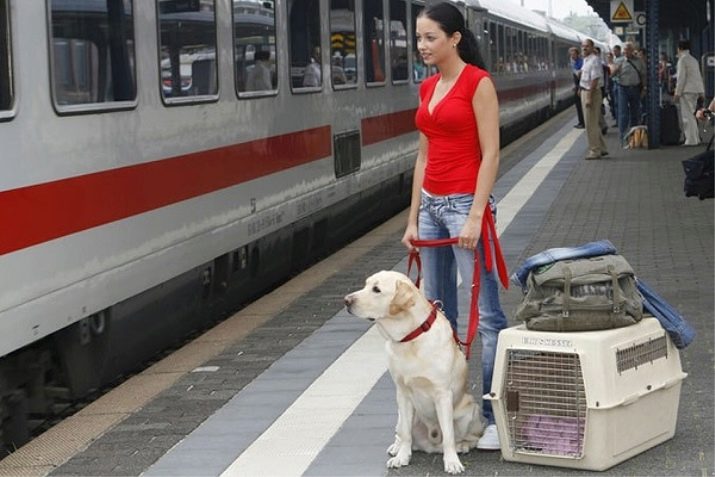
Basic Rules
Pets up to 8 kg are transported in portable containers or bags. Some carriers charge a fee for transporting animals. You can put two pets in a portable container (for example, if you have 2 cats or 2 dogs), while paying only one extra bed.
The owner must clean up after his pet during transportation. It is also necessary to ensure the safety of others. The owner may be refused transportation of the animal if, in the carrier’s opinion, the dog or cat is very aggressive and could harm other passengers. Pets in portable containers can be placed in places for hand luggage.
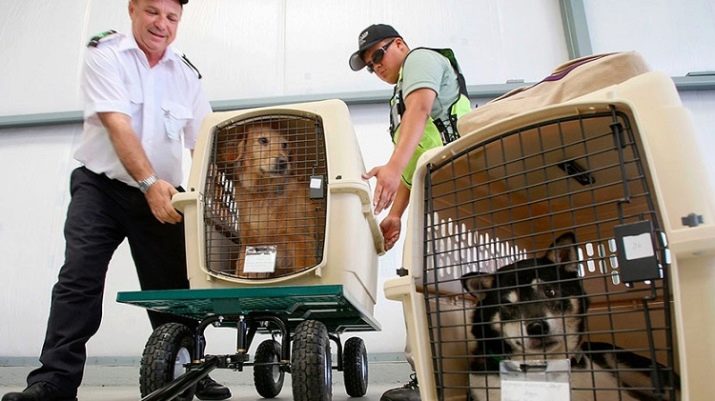
When traveling by train on large or medium-sized dogs, you need to put on a muzzle and keep them on a short leash. Cats and small dogs can be in the hands of the owner during the trip. In the train, you need to pay for the passage of the animal only if it is placed in the vestibule of the car. Without owners or other accompanying persons, the animal is not accepted into the carriage.
In Russia, for the transportation of service dogs you need to redeem fully a coupe. Such dogs are not allowed to be transported unaccompanied. A guide dog along with a disabled person passes into any carriage, while the necessary documents, except for a certificate of special training for the dog, are not needed.
On the animal train, special documents must be presented. To enter the countries of Europe you need a mark of vaccination against rabies. In the veterinary passport it must be affixed no later than 12 months and no earlier than 30 days before the date of departure. Also need to do blood test one month after vaccination.
When exporting rare breeds from Russia, permission is required from the cynological organization of the Russian Federation. New rules for the transport of animals include a list of trains that transport animals.
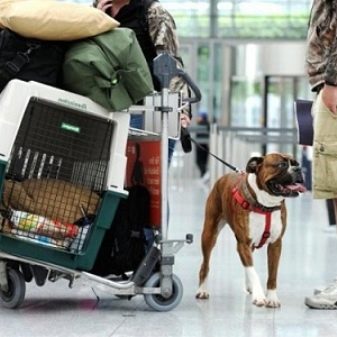
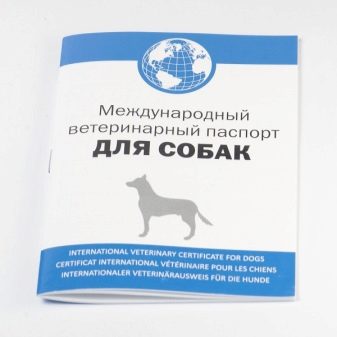
How to transport by public transport?
In buses and trolleybuses
In public transport, passengers can take small pets with them, while paying extra baggage is not necessary. If the animal is large, the carrier may require an additional fee. Animals heavier than 30 kg should be placed for the convenience of passengers in the rear of the bus or trolley. A veterinary passport for a dog when traveling in public transport is not required, but for dogs over 8 kg you need to wear a muzzle and keep them on a short leash.
A guide dog with a disabled person is allowed at no extra charge in any type of public transport, in a muzzle and on a leash.

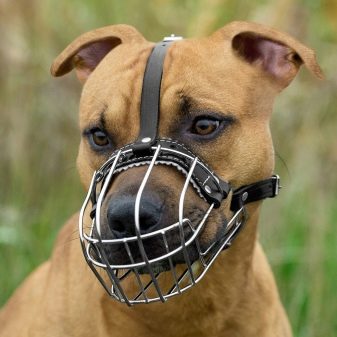
In the subway and trains
In passenger cars, large dogs (including guide dogs), as well as in other modes of transport, are necessarily carried in a muzzle and on a short leash. In the subway, small animals up to 8 kg should only be in special carriers. In the train (for example, if you go to the cottage on the weekend) you can transport small-sized animals without special carrying. If it is convenient for you and the pet, then you can hold it in your hands. Dogs weighing more than 30 kg should be transported in the vestibule, fastened on a leash and in a muzzle.
In the train, the fee for transporting an animal is not taken only from guide dogs. Since 2014, only some coupe classes have been using long-distance trains since 2014 to transport animals. Russian Railways require documentation of the transported animal:
- veterinary passport with all the data (vaccinations, marks about processing from parasites, etc.);
- Veterinary certificate (if the animal travels abroad).
The veterinary certificate is taken at the state veterinarian 1-5 days before departure and exchanged at the border crossing for an international veterinary certificate.
Since 2017, a veterinary certificate is not required when traveling through the territory of the Russian Federation (for example, if you are going to visit relatives in another region).
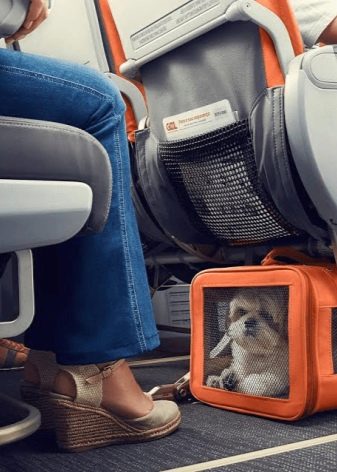
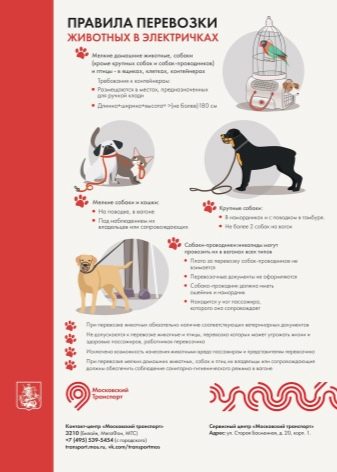
In plane
Airlines carry animals and service dogs of the cynological service at a special rate. Not accepted on the plane:
- arthropods;
- brachycephalic breeds;
- reptiles;
- rodents;
- wild animals;
- laboratory animals;
- animals with diseases;
- fish, sea and river animals;
- large animals that weigh more than 50 kg when carried.
A competent adult citizen must accompany the animal during the flight.
In some countries, there are restrictions on the import of animals, especially fighting breed dogs, so before planning a trip with your pet, check out the requirements of the country where you are going to fly.
Before boarding the plane, all animals undergo veterinary control, so it is better to arrive at the airport a few hours before departure.
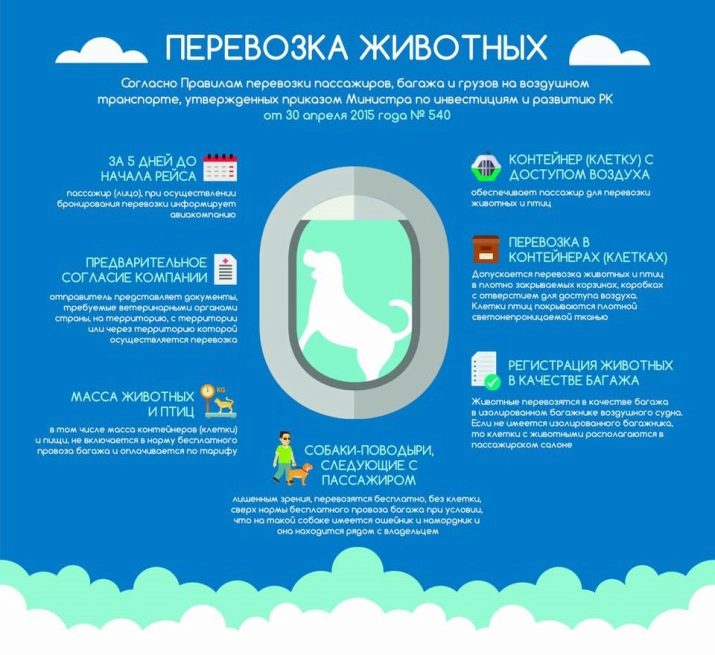
During the flight, the animal must not be released from a portable container or bag.
Consider the following features:
- Small dogs, cats and birds you can take with you in the cabin, dogs weighing more than 8 kg are transported only in the luggage compartment (except guide dogs). On the guide dog you need to provide the carrier company with documents confirming disability, as well as documents for the dog, confirming that she has received special training.
- Aggressive dog breeds placed in containers of reinforced construction.
- Dog Service Dogs can be in the passenger compartment (muzzle and leash are required), there are no restrictions on the breed and weight of the animal.

How to drive in a car?
If you travel with your pet in the car around the city, then there are no special transportation rules in this case. When traveling long distances you need:
- chip the animal when exported abroad;
- to collect a package of documents from the veterinary clinic (veterinary certificate, veterinary certificate with marks on vaccinations at the appropriate time, processing from parasites);
- provide documents from the official dog training organization that the animal has no breeding value.
It is better to accustom an animal to riding in a car gradually, preferably from an early age. Your pet should be familiar with the special carrying. If you make a stop, be sure to walk the dog on a leash: so you will not cause discomfort to others, and the dog will not get lost in an unfamiliar area.
If you are traveling alone with your dog and there are no strangers nearby, there is no need to use a muzzle: it will make breathing difficult, especially during the hot period.
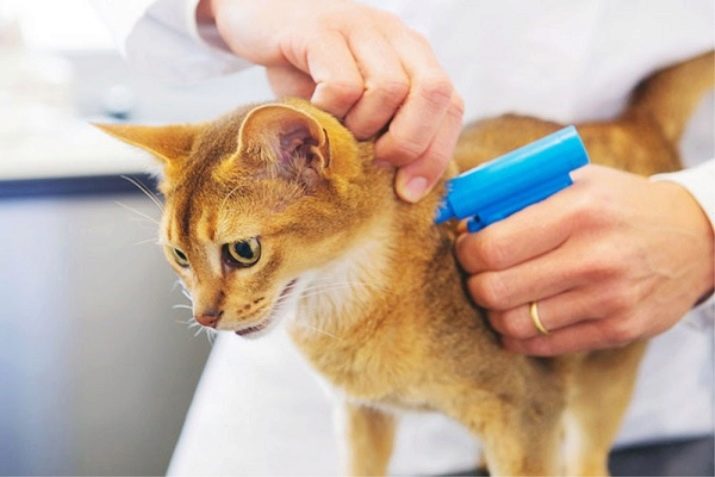
It is better to transport cats in a special carrier, which can be opened no earlier than after 30-40 minutes, when the animal gets used to movement and a new environment (if the cat is not accustomed to ride in a car). In winter, it is recommended to ventilate the car at stops to keep the air fresh. Dogs in the car may need a seat mat (waterproof and washable). For the puppy, you can purchase a special diaper.
Cats carry the road better in carrying with openings for air. In winter, it is better to choose a bag made of thick fabric. For an unforeseen event, it is better to put an absorbent diaper on the bottom of the carry.
Rodent can be transported in a cage, on the bottom of which a special absorbent diaper is put, food and water should be in the cage.
Birds need to be transported in a cage. To prevent the pet from being scared, a special protective cape is put on the cage, but it is loose so that there is access to fresh air.
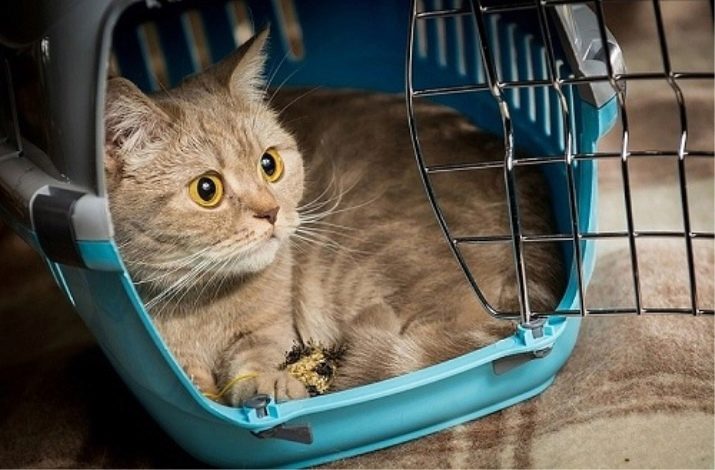
Recommendations
If you plan to travel with your pet, you need to train him in advance to carry. You can make test trips in the car, put the carriage at home and reward your fourth friend if he comes in on his own and spends some time there. Cats and small breeds of dogs are suitable for a soft and comfortable bicycle bag, in which animals can also be transported.
Dogs and cats need a soft comfortable collar (if they are accustomed to it), which the animal can not remove on its own. A tag with the name of the animal and your phone should be attached to it. On the carrier in which your pet will be transported, you need to stick a sticker with your data and the name of the animal.
If you are flying on a plane with transfers, then you will most likely not have the opportunity to see your pet to the final stop. therefore there should be a sticker on the carrying, where in different languages the request is written to check and, if necessary, top up water, as well as transliteration words that will help calm the animal. For short transplants, it is better not to open the cell.
Before the trip, the animal needs to be fed for 4 hours with the food that you usually give, do not overfeed.
The animal should have water in a special drinker. During the flight, the dog should not be given food or bones, so as not to provoke vomiting due to motion sickness or stress.

Adult animals can survive several hours of flight without food, kittens and puppies can be given the usual food.
Before the ride, you need to walk with the dog well so that the animal falls asleep. Remember the time of the last visit to the tray before leaving, during the trip / flight you can use a well-absorbing litter when carrying it. Dogs can chew on bedding from stress, so teach your pet not to do this beforehand. Due to nervous shock, animals may not go to the toilet for more than a day.
It is better for the cat to cut its claws before riding. You need to have veterinary drugs with you for first aid. It is better to consult a veterinarian about what to bring with you. To minimize stress, you can put your favorite toys or things in the bag, saturated with the usual smell.
It is better to introduce cats before the trip to noisy places and a large crowd of people, so the animal will understand that it will always return home with the owner. Brachycephalic breeds (pugs, Pekingese, bulldogs, Persians, British) do not tolerate stress: it can provoke breathing difficulties and death. Such animals may be denied transportation.
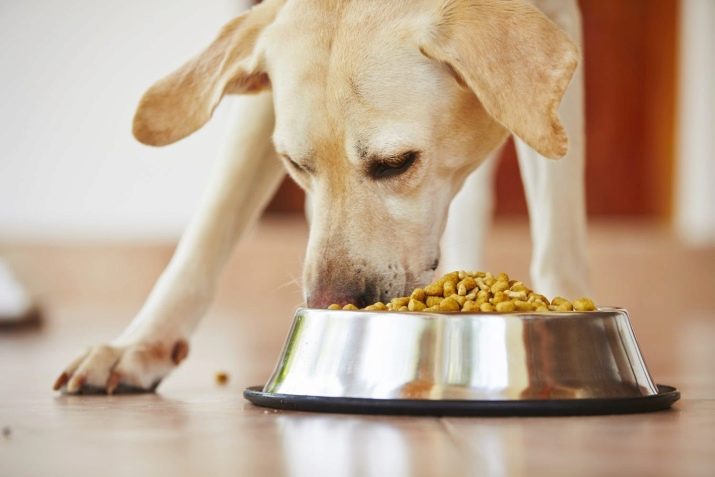
In the next video, the rules for transporting pets in transport are waiting for you.










